Culture
Youth
Psyche
Subculture
Art
Culture
Youth
Psyche
Subculture
Art
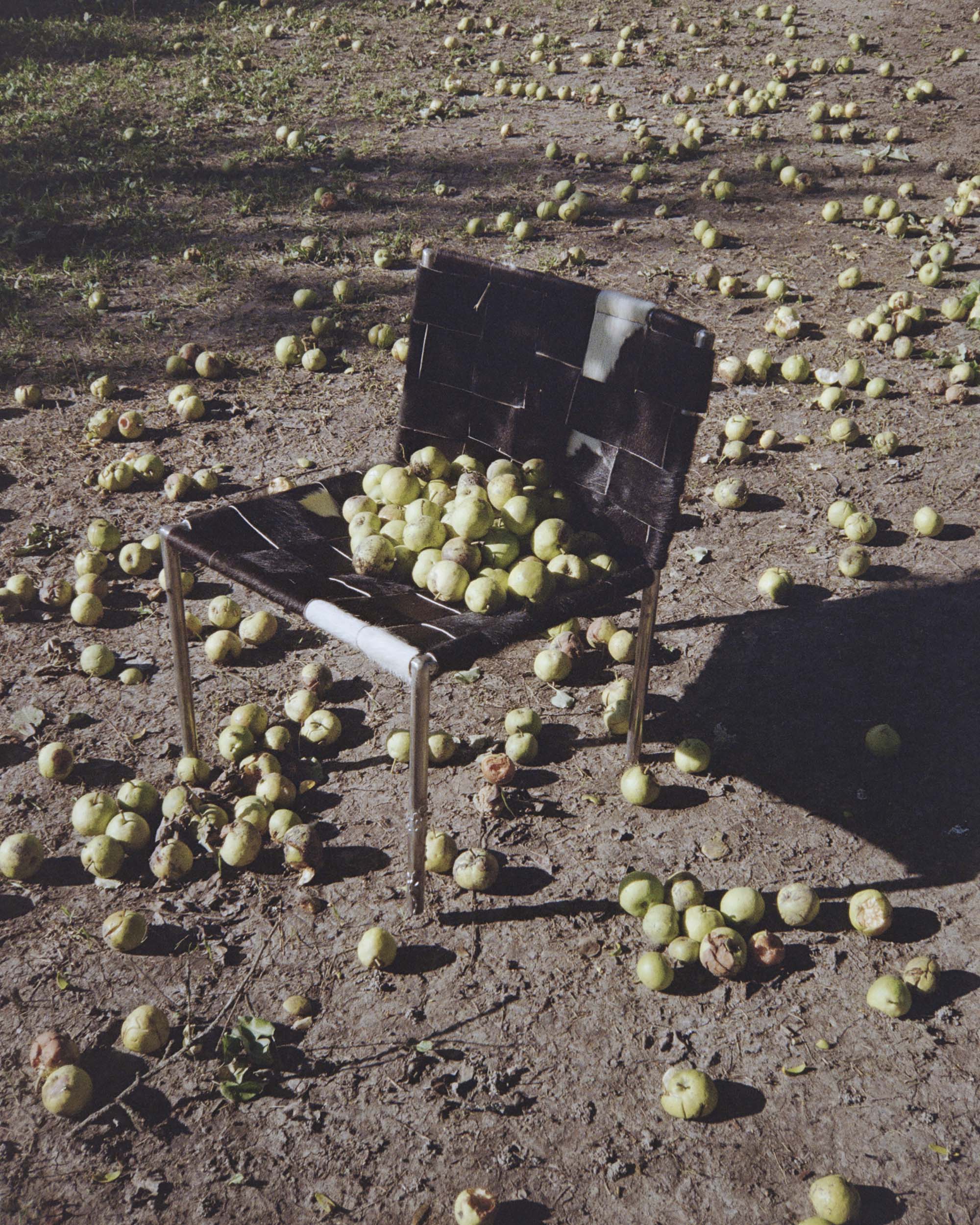
In conversation with designer ELLEN HEDIN
Photography & interviewer DANIIL K
Artist agency MISSCHIEFS
DK Can you elaborate on the significance of using materials like concrete, natural shells, and metal in your furniture pieces? How do these materials contribute to the overall aesthetic and message of your work?
EH In my work, I am intrigued by contrasts, and it is along this path that I discover the materials I utilize. Contrasts enhance and bring forth the inherent qualities of the materials when juxtaposed with their opposites, such as concrete meeting dried flowers. Similarly, materials can surprise and complement each other in unexpected resemblances, like a seashell with its sharpness and mother-of-pearl interior accentuating the sharpness and luster of steel. At its core, my aesthetic revolves around transforming the art of the life that surrounds us every day, every second, and extracting and distilling the magic that, after all, is a part of being a living being in a living world, manifesting itself in various forms of materiality.
DK How do you see your furniture pieces fit into the broader art world? Are they meant to be functional objects, art installations, or a combination of both?
EH I’ve been trying to create sculptures without function and furniture without sculptural qualities, but inevitably, it turns into a combination of both sculpture and furniture, no matter how hard I try to make it something else. On some level, I believe that function still holds some kind of existential significance in my practice. At the same time, I’m not averse to exhibiting my objects as pure art pieces either. Whether my furniture is in someone’s home or in a gallery, the interaction between people and furniture remains central to me. I want people to use my furniture; that’s what I find exciting
DK Can you describe a specific piece of furniture that holds a special message or story behind it, and explain what that message or story is? It is also very interesting to hear how the story which is accompanying your interview matches your inner world and aesthetics?
EH In a sense, all of my furniture pieces are an expression of a feeling translated into form. However, there are certainly some that have more specific stories behind them, stories that also reflect my passion for materials and shapes. For instance, one of my cabinets is named „Tell,“ inspired by the Swedish New Year’s tradition of divining with molten tin. This cabinet came to life because of my fascination with bringing home, kind of stealing, my tin divination spoils. While my friends melted down numerous old tin plates and pitchers, the melted tin somehow didn’t seem to be enough for everyone. Yet, I managed to pour five times more tin into the water than anyone else. While others were busy analyzing their divinations, I was already contemplating whether I should use mine as a handle for a future cabinet that had suddenly appeared in my mind. It ended up with me combining the tin divination with a large wooden log from a tree I helped my dad cut down, which is another story in itself, and a steel cabinet top. It might not be the most extraordinary tale, but it does reflect how I draw from different parts of life and piece them together in my furniture.
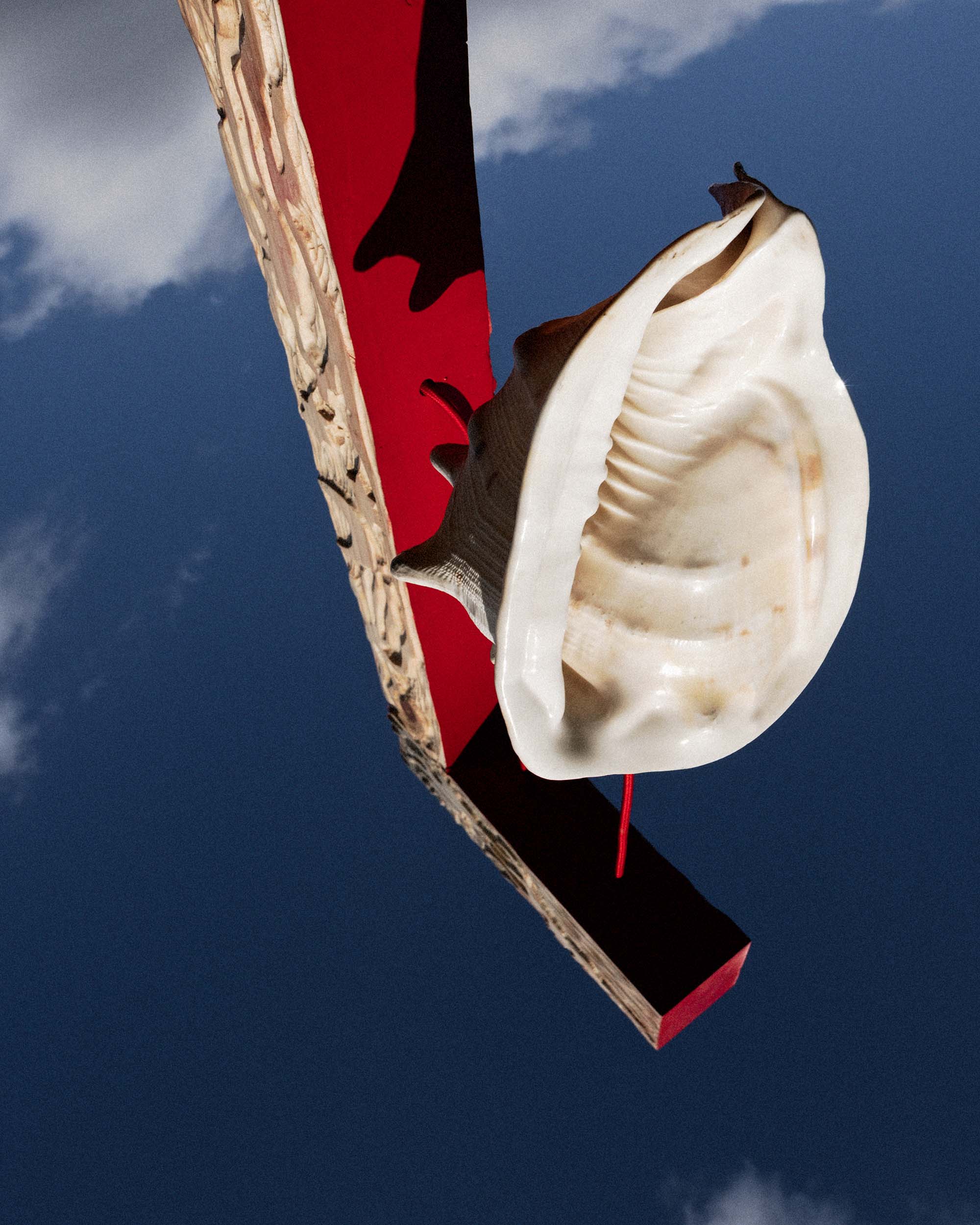
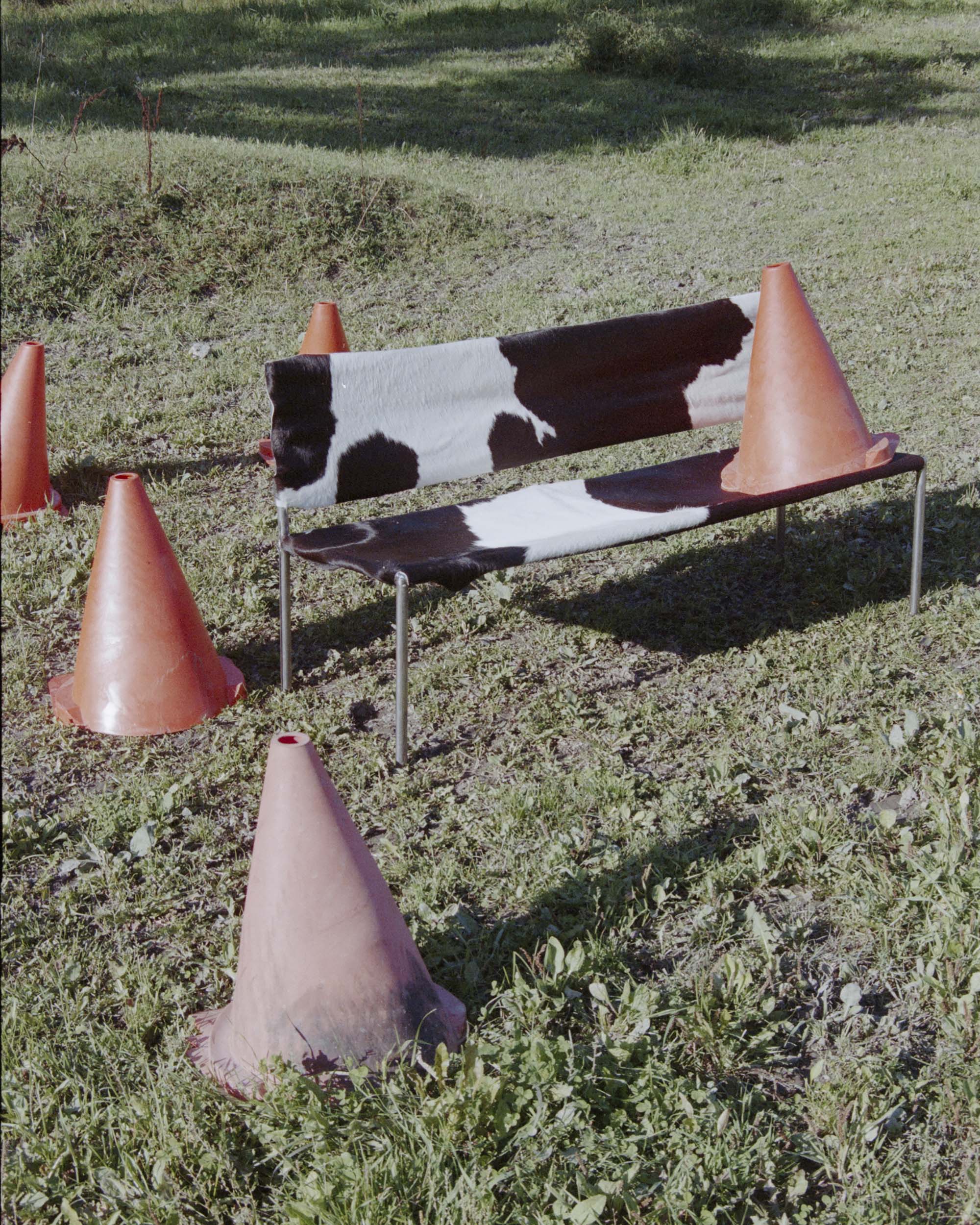
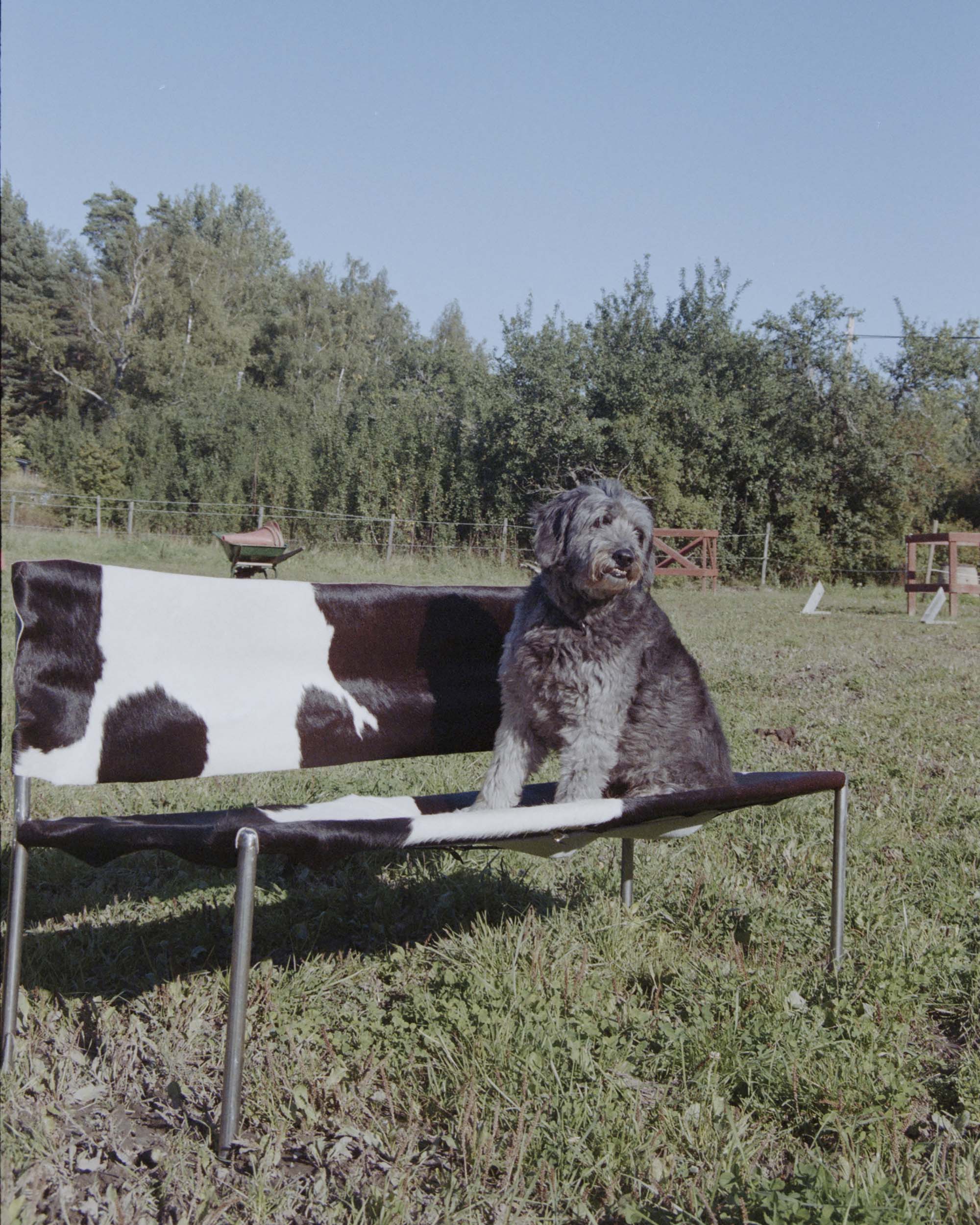
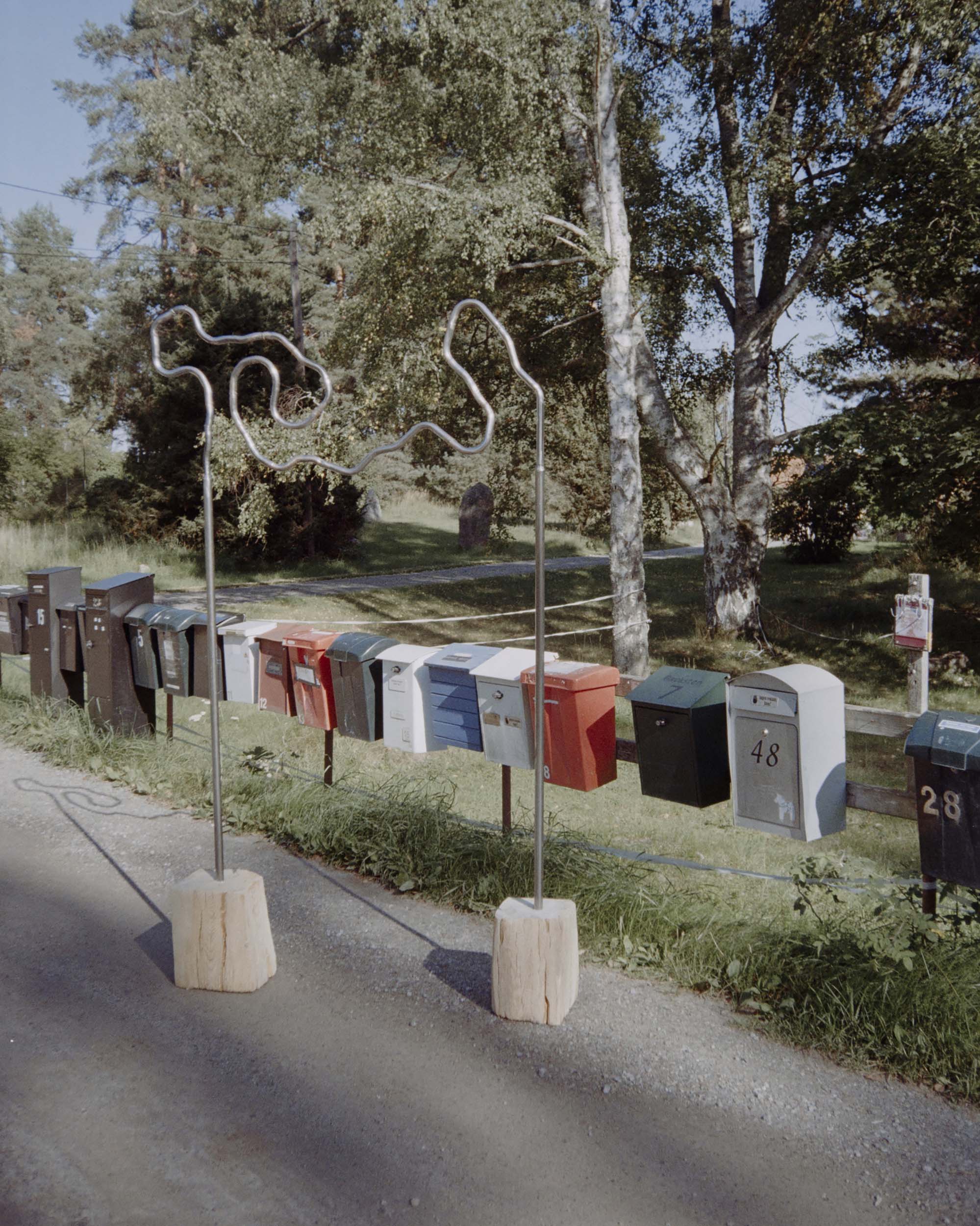
DK In what ways do you hope your furniture designs engage with viewers and convey deeper emotions or ideas? What do you want people to take away from experiencing your work?
EH I hope that my furniture, in some sense, serves as a gateway to places, emotions, and persons you meet. I want them to feel open-ended, without attempting to convey specific messages or guide anyone in a particular direction. So, like a sort of non-linear portal, if that makes sense? Above all, perhaps, I want to share my fascination with materials and inspire people to open their eyes to the fact that the world is quite extraordinary, both strange and beautiful. I sometimes feel crazy about understanding and feeling the beauty of this world, it’s almost a violent feeling, it’s overwhelming, like a puppy you want to strangle – I want my pieces to convey that feeling.
DK The statistics regarding the inclusivity of the art sphere are still very dramatic. Being a female artist in a male-dominant sphere is a challenge, isn’t it? Can you elaborate on this statistic and share your insights on the challenges female artists face? What strategies or initiatives do you think can help promote gender equality and create more opportunities for female artists in the competitive art sphere?
EH It is undoubtedly a challenge to be a woman in a male-dominated field, especially in a domain steeped in as much tradition as woodworking and metalcraft. As a woman, when I depart from conventional methods and attempt something new, I notice how the men around me become progressively uncomfortable. They find it fascinating in a way, but it quickly turns uncomfortable for them. This, in turn, leads to a barrage of various, more or less offensive strategies to try to ‚handle‘ me. I wish I had a straightforward answer on how to resolve this, but it runs so deep and starts so early that it’s difficult to pinpoint a simple solution. I had problems with male dominance even when I stayed within the limits of traditional craftsmanship and my furniture revolved around fine joints and polished surfaces. In the end, the problem was still me being a woman. In my case, I believe that taking up space helps, and perhaps it can encourage others to feel that they can do it too. In general, I think it’s crucial that we continue to discuss and highlight these issues and not succumb to some sort of comfortable indifference about the state of things.
DK In the context of feminism and the art world, do you see your work as a form of resistance or a means of breaking down barriers for other female artists?
EH One doesn’t exclude the other. My work becomes a form of resistance in its own way. I am privileged in the sense that I feel I can actually make things happen, I can do it in my own way. I work with heavy and dirty materials. I would like to inspire women to work with their bodies and engage physically with form, I believe that’s a form of resistance.
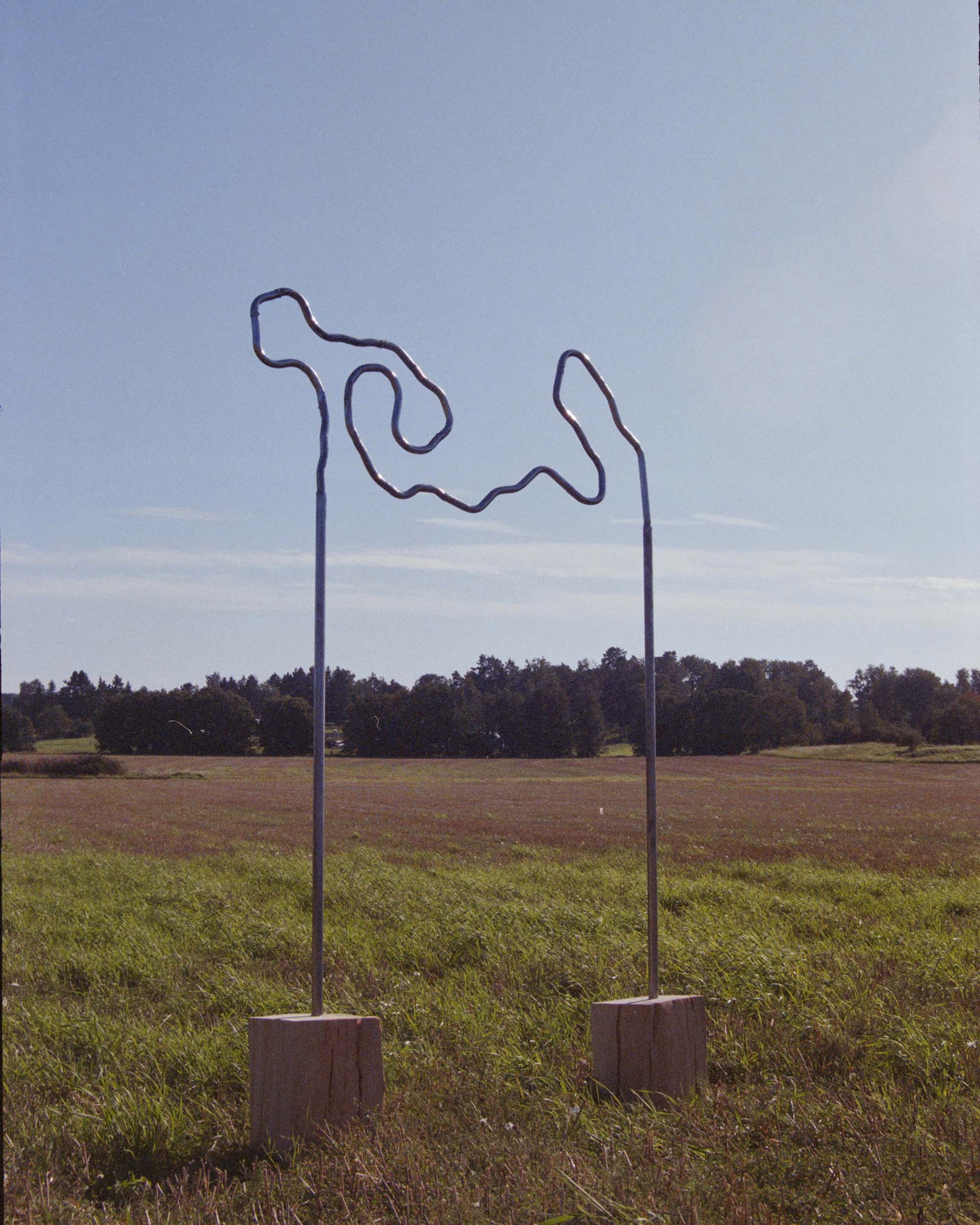
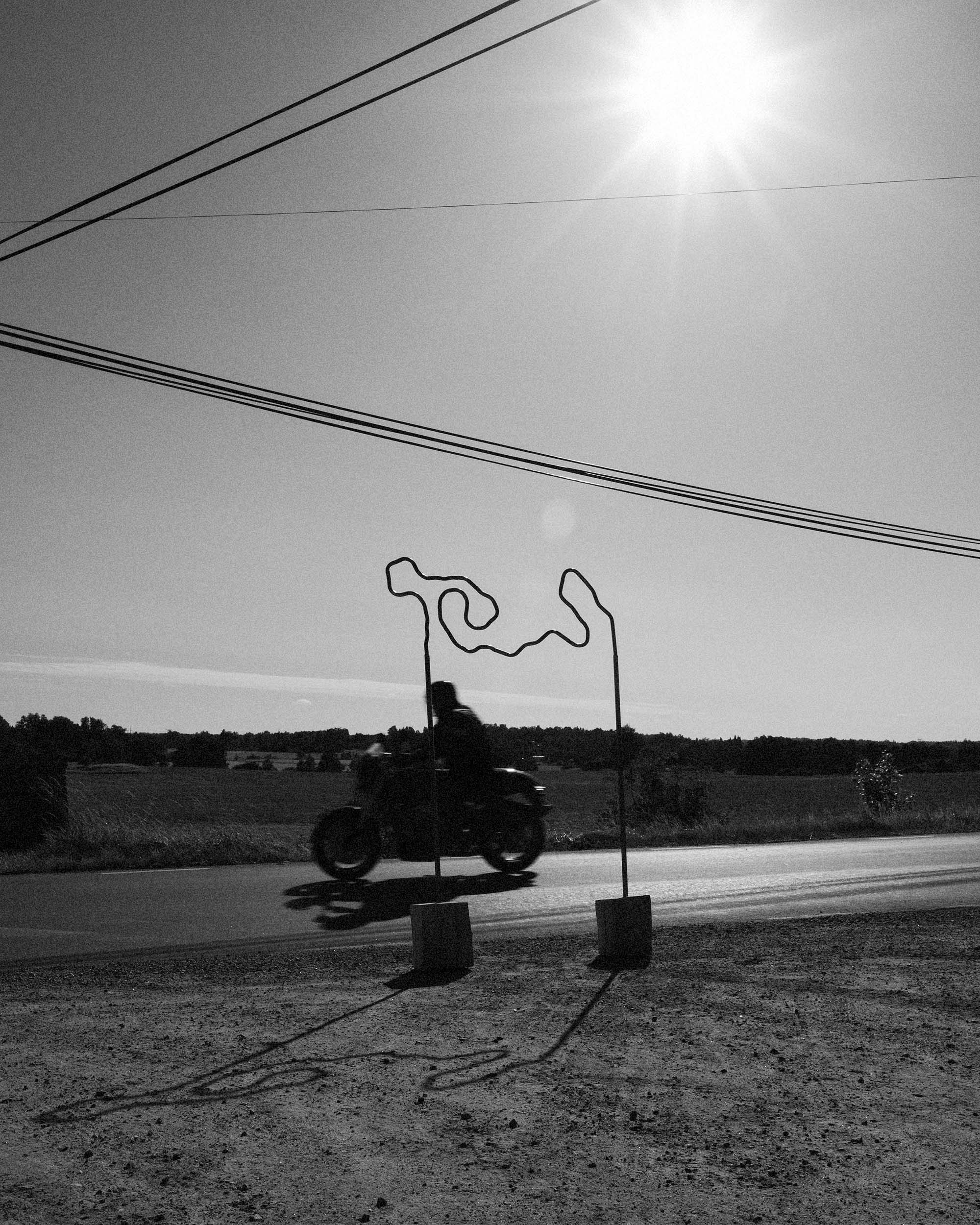
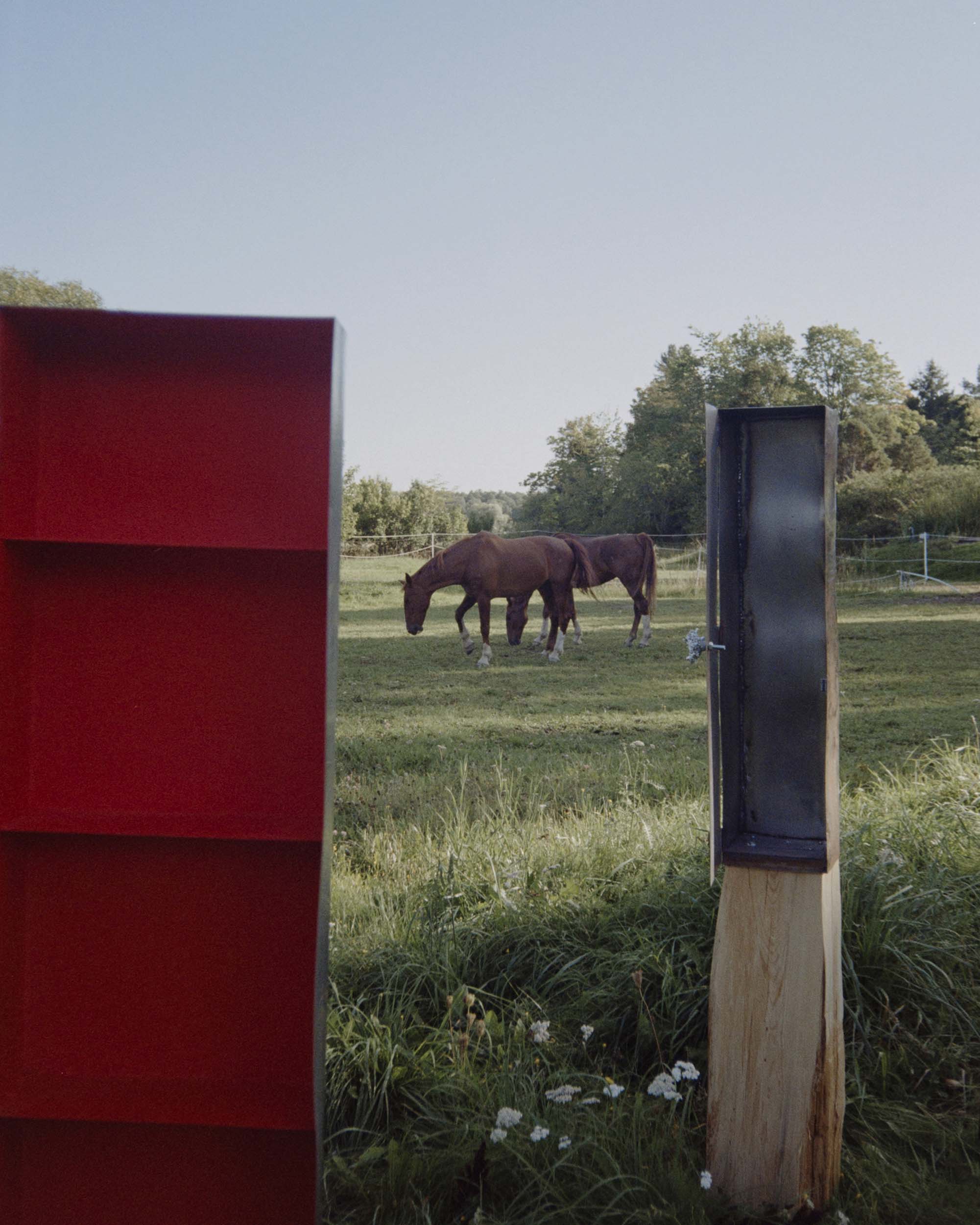
DK How can platforms like Misschiefs, which specifically support female artists, contribute to changing the landscape of the art world and leveling the playing field?
EH Misschiefs can contribute in a tremendously significant way. It’s kind of the answer to the question of how we can address gender inequality and unfairness within the art world. Personally, it has been the first time I’ve had access to such a free yet secure space. I truly felt seen and chosen to be a part of Misschiefs, and that, in turn, has influenced my artistic expression and made me braver as an artist. In a broader sense, I believe it’s incredibly important to have an institution that dares to stand for something and express opinions – an institution that doesn’t wrap up the solution to an urgent question in cautious respectfulness. Someone has to say fuck you when it’s absolutely called for. In summary, I think Misschiefs functions somewhat like a factory that produces new norms regarding how women should be and how we are allowed to take up space.
DK The theme of this issue of our magazine is dedicated to OCD and obsessions/mania-related problems and mental disorders in general. OCD is often seen as both a source of obsession and a potential driving force behind creativity. How do you view the relationship between obsessions and the artistic process? Is it a cure or a curse?
EH Firstly, I haven’t been diagnosed with OCD, I think it’s essential to distinguish between manic tendencies and the actual disorder. One of my friends has OCD, and he would scrape off the letter ‚x‘ wherever he found it in his home and could hardly leave the house for a while. I would never compare myself to that. That being said, I am definitely manic in my work and can forget to eat and sleep at its worst. Compulsiveness is good for work ethic, but it’s undeniable that it’s very draining. At one point, I unconsciously associated the feeling of needing to pee with work because I forgot to take breaks to go to the restroom whenever I was in the workshop. I probably have my manic side to thank for where I am in my career today, but I am aware that it not only takes a toll on my well-being but also on my relationships.
DK Some artists find that their obsessions can be both a source of inspiration and a challenge. How do you manage the potential downsides of obsessions and manias while harnessing their creative potential in your work?
EH I’m in the process of learning how to manage my obsession, but it’s probably something I’ll have to contend with throughout my life. My artistry is so intertwined with my everyday life that it’s challenging to ever switch off my creative impulses. However, I would say that I draw strength from trading city life for the countryside and nature, even though it doesn’t, in any way, mean I stop thinking about materials and construction – perhaps quite the opposite?
DK Looking ahead, what future projects or goals do you have in mind for your career as a designer and artist?
EH Both life and career involve being open to impulses that drive the process forward, so my primary goal is to keep my obsession in check while also following where it leads. More specifically, I would like to create a truly significant public artwork on an almost whimsical scale, and in the long term, I would also like to afford my own workshop.